- Tools
- Learn
- Help
Before you leave..
Why not download RevGlue latest free eguide.

In a world where marketing efforts aren’t focused on a singular platform, understanding attribution modelling will help you track conversions across multiple platforms and devices to make informed decisions on future marketing endeavours. If the technical jargon surrounding attribution modelling leaves you feeling overwhelmed, this article will help you understand the different types of attribution modelling, discover the difference between attributed conversions and attribution revenue, and find out which attribution model is best for affiliates.
Content
Pros and cons for every type of Google attribution modelling
Statistically, it takes eight touchpoints to make a sale. Touchpoints are interactions businesses have with their potential customer through advertisements, social media posts, billboards, emails, and other forms of communication. As an affiliate, you may be the first touchpoint or the last on a customer’s journey to purchase a product. It’s important to understand how attribution modelling can assist in tracking sales and measuring your influence in order to make future decisions as you market products and grow your sales.
First click (first touch)
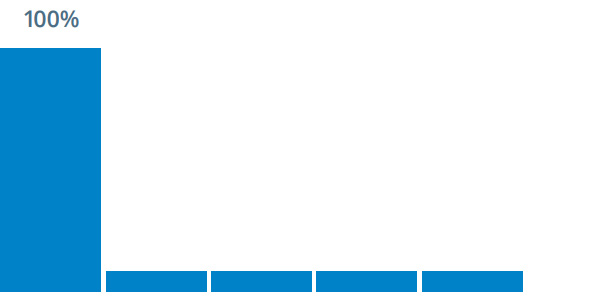
First click, or first touch, attribution modelling tracks a customer’s very first interaction with a brand. At the beginning of their research process, customers typically search price comparison sites to find the best product with the best value. While PPC campaigns and SEO-driven comparison blog posts can get products in front of customers, they are unlikely to result in a sale at this stage in the customer journey.
As an affiliate marketer responsible for a first touchpoint, this form of attribution modelling rewards the often overlooked first encounter that introduces a potential customer to the brand.
Pros: This method is a great choice for new or small businesses who want to create initial awareness and focus on demand generation.
Cons: Using this method discounts the subsequent touches, including the final touch that ultimately converts to a sale.
Last click (last interaction)
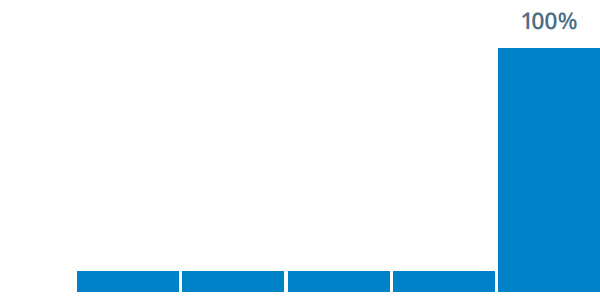
The last click, or last interaction, attribution model gives full attribution to the last interaction a business has with a customer before conversion. This method is typically the default method of attribution, but many marketers are beginning to move away from this method in favour of models with more insights into the different touchpoints on a buyer journey.
If your affiliate product is low cost or likely to be purchased on the spot, the last interaction model provides accurate information and proper credit.
Pros: For campaigns that target buyers at the moment of purchase or a product with a short sales cycle, this may be the appropriate model to consider.
Cons: Focusing on the last touch negates the path to conversion and the touchpoints that led up to the final sale.
Linear

Linear attribution recognises that every touchpoint is equally important. This model assigns credit evenly between each touchpoint on the customer’s journey. In this scenario, if there’s one touchpoint, it receives 100% credit. If there are 10 touchpoints, each receives 10% credit.
Affiliates will appreciate seeing all the data points to garner a full picture of a customer’s journey and the touchpoints that led to a conversion.
Pros: This model provides data into the customer journey and allows you to track every touchpoint.
Cons: While every touch is credited in this scenario, it doesn’t account for the difference between low-impact and high-impact touchpoints. For example, in this scenario, a low-impact social media click receives the same credit as a high-impact e-book download or request for a demo.
Position-based (U-shaped)
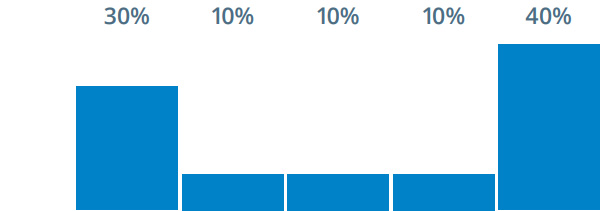
In the position-based, or u-shaped, attribution model, 40% credit is given to the first touchpoint and last touchpoint, with the remaining 20% distributed equally across all of the other touches.
U-shaped attribution modelling is an appropriate choice for affiliates interested in how a customer learned about the brand and what touchpoint resulted in the ultimate purchase.
Pros: Position-based attribution credits every stage of the journey and rewards the actions that introduce a customer to the brand and lead to conversion.
Cons: This model does not take into account high-impact touches that occur between the first and final touches.
Time decay
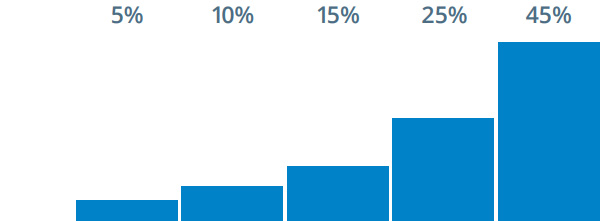
The time decay model attributes more credit to touches made closer to conversion using the concept of exponential decay. In Google Analytic’s default settings, this model has a half-life of seven days, meaning that a touch one week before conversion receives ½ the credit of a touch that leads to conversion, and a touch made two weeks before conversion receives ¼ credit.
Affiliates using this model are focused on the end result and the marketing techniques involved in closing a sale more than the initial strategies involved in increasing brand recognition.
Pros: By awarding higher percentages of credit to touchpoints that lead up to the final conversion, marketers can understand strategies that lead to a purchase and spend more time and money on those strategies in the future.
Cons: While this model recognises multiple touchpoints, it cannot distinguish high-impact touchpoints that happened early in the customer journey.
W-shaped
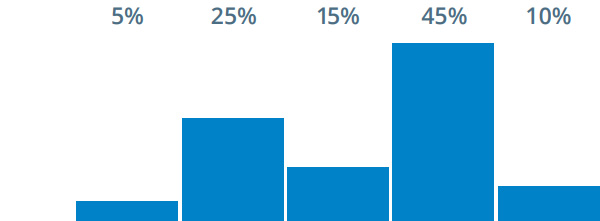
Not every touchpoint is equal. The W-shaped model takes this into consideration and splits 90% of the credit equally between the first touch, last touch, and qualified lead milestones. The remaining 10% is evenly split between all other touchpoints.
A person becomes a qualified lead when they actively engage with purchase intent. The W-shaped attribution model is an important and effective strategy for affiliates who want to mark the three most important steps in a customer’s purchasing journey.
Pros: This model takes into consideration the three main milestones of a customer’s path to conversion and weights credit accordingly.
Cons: Customer journeys are complex, and focusing on three points may oversimplify the buying process, causing you to miss out on important customer data.
Single-channel vs. multi-touch: which is better for affiliates?

As an affiliate, you can’t be sure where you will fall on the customer’s conversion path. If your blog post introduces a client to the brand, but the brand employs a last touch attribution model, you won’t benefit from your hard work.
As a business utilising PPC and social campaigns in addition to affiliate marketing, it seems unfair to pay 100% commission to an affiliate whose final touch closed the deal on a relationship you started.
In reality, each touchpoint plays a role in a lead’s conversion. Because no single touchpoint is 100% responsible for the sale, multi-channel marketing makes the most sense in order to assign credit to the different strategies that led to a conversion. Multi-touch attribution also creates a data trail of marketing efforts that played a role in conversion, giving you insight on the best strategies to use in the future.
What is multi-channel attribution in reality versus Google Analytics?

So far, we’ve focused on single-touch and multi-channel attribution modelling for affiliates, but there are four different types of attributions:
1. Multi-channel attribution - the most popular form of attribution determines the relationship of different marketing channels on a customer’s journey
2. Multi-device attribution - determine the impact of multiple devices on the conversion path
3. Offline-online attribution - measure the impact of online marketing on offline behaviour and offline marketing on online behaviour
4. Real-world attribution - a hybrid of the above models to measure real-time behaviour
When we talk about multi-channel attribution in Google Analytics, we are limited by the scope of the software. Google Analytics is unable to track word of mouth, trade show visits, and in-store shopping, so a real-world attribution model, while complex to fully implement, is the only way to truly see the entire picture.
In terms of attribution modelling through Google Analytics, multi-channel or multi-touch marketing is the best way to measure success and assign responsibility for sales.
The difference between attribution conversion and attributed revenue
Tracking data is the key to increased conversions and higher revenue, and Google Analytics allows you to track your goals for both conversion and revenue. Using Google Analytic’s Model Comparison Tool, you can track conversions by channel using your chosen model and experimenting with alternative models.
Attributed conversion
Measuring your attributed conversions allows you to see the change in your conversion goals depending on the method of attribution used.
Attributed revenue
Attributed revenue is the amount of income attributed to a specific campaign or traffic source. By modifying the attribution model, you can see the shift in potential revenue for different traffic sources.
Why is attribution modelling important for affiliates?

As an affiliate marketer, time is money and clear data mapping out the customer’s journey helps you determine where to best spend your time.
Choosing an attribution model that tracks and rewards various touchpoints allows you to gain real insight into the buying process and modify your content and strategies to support the customers on the path to conversion.
If you choose to only track first or last touches, you may stop strategies that played a key role in increasing conversions.
No matter which Google attribution model you choose, it’s important to track your results often in order to measure success. When you make attribution modelling a priority, you can take calculated actions to grow your income.
START REVGLUE PUBLISHER TOOLS TODAY.
Start monetising your website, blog, social networks or mobile applications instantly. Save time and see commissions being generated, with insights and data available in your personal dashboard. Click Here